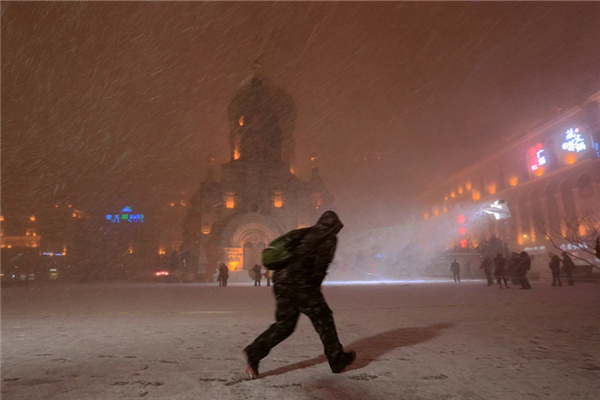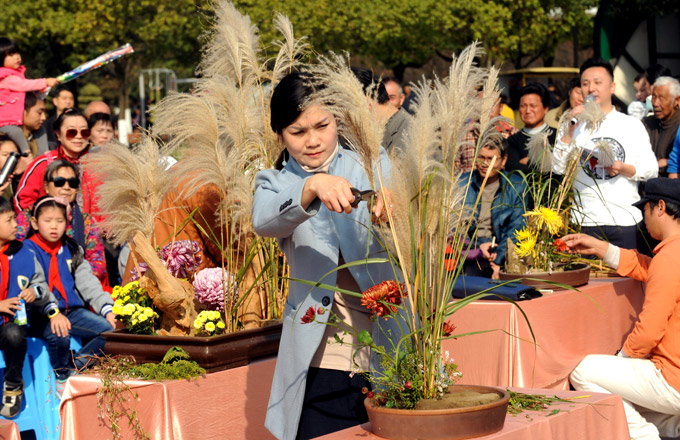


People don't usually change their small habits. They don't even do so when many other things change, and even when major policies have changed many times.
One such ritual is drying laundry outdoors, as seen in the 1983 picture of a working -class quarter in Jingdezhen, an old industrial town in Jiangxi province, taken by our photographer Wang Wenlan.
Flash forward and in the 2004 color picture of a recently built housing project in Ningbo, a port city in Zhejiang province, many clothes are still hanging outside homes.

While there's been no change in how most people dry their laundry, there has been a huge difference in how clothes are washed. Not many Chinese households owned a washing machine in the early 1980s. But now, in the cities almost every household owns one. Although to save on electricity bills Chinese families still own very few driers, and Chinese home appliance stores even seldom keep them in stock.
The other difference can be seen in the buildings behind the laundry. In 1983, the housing conditions in the working-class community in our picture, as well as in many other places across China, really resembled a slum. The houses were small and shabby and densely squeezed together. Many parents shared the same bedroom with their children, even when the kids were grown.
Bicycles, people's main mode of transportation, were parked at their doors, usually along with some larger tools.
Even if a family owned a washing machine, one can imagine there could hardly have been space for it in their home.
Although the residential building in our color picture is, in fact, quite ordinary and typical of any Chinese city nowadays, it at least allows for enough space for laundry to hang in a more orderly fashion.
But space means space. In the last three decades, the country's urban per capita residential floor space has enlarged almost four times. And because virtually every household can now afford a washing machine it also means there is more space for large appliances and other items.


(China Daily 09/22/2008 page1)













